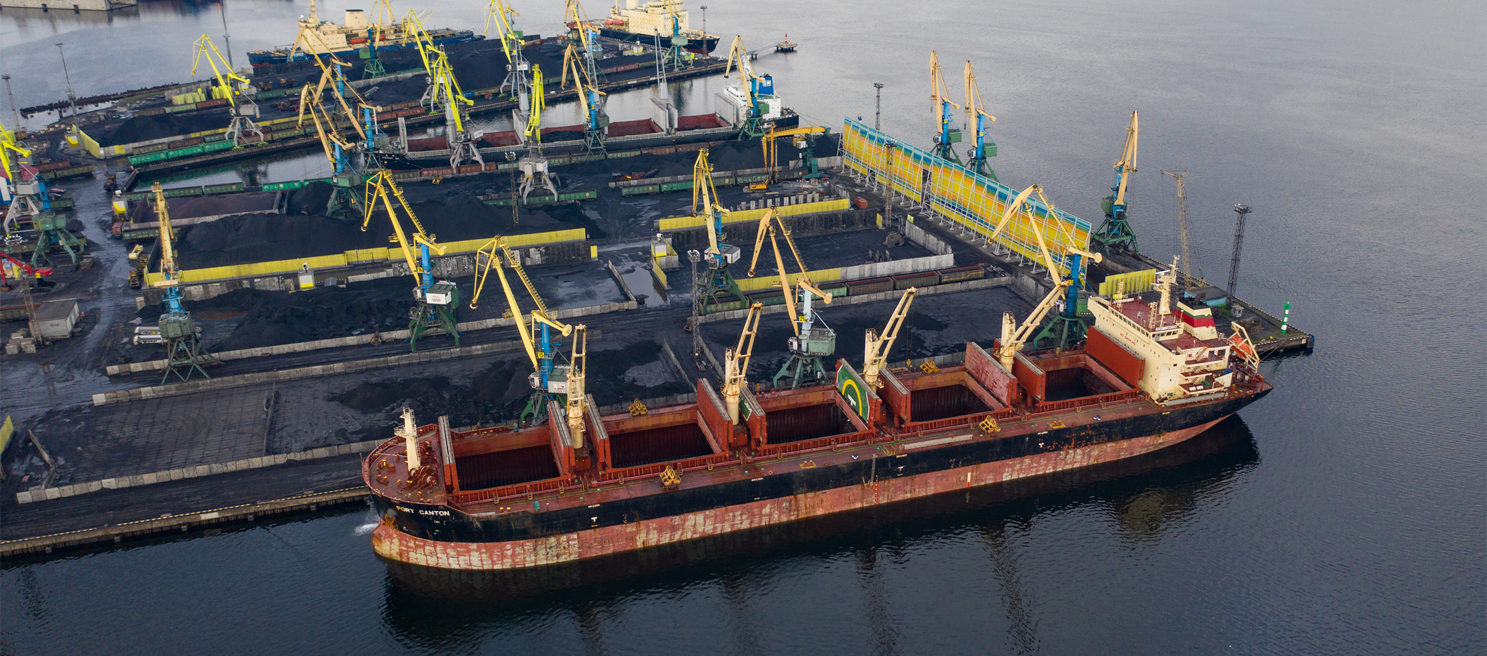Summary
The week remains relatively tranquil, with significant economic events on the horizon. The IMF is set to release its World Economic Outlook on Tuesday, highlighting global growth trends. Discussions continue regarding capacity utilization, particularly following the US treasury secretary's recent visit to China. Noteworthy data releases include US capacity utilization for March, showing a slight uptick, while China's Q1 utilization declines slightly due to seasonal factors. Japan's trade balance is expected to improve despite remaining negative, while Singapore posts a surplus. Argentina faces a trade deficit amid economic restructuring.
Eurozone construction output sees growth, albeit at a slower pace in Italy. US manufacturing indexes are anticipated to reflect continued improvement. In the UK, trends suggest a slight improvement in April's CBI orders, alongside a decrease in inflation.
The International Energy Agency's oil market report indicates weakening demand, influenced by factors like electric vehicle adoption and improved aircraft fuel efficiency. Despite OPEC+ cutbacks, non-OPEC+ supply growth remains robust, contributing to a balanced market outlook.
The IMF's Spring sessions focus on global growth slowdown, partly attributed to demographic shifts and capital investment misallocation. Persistent barriers like trade restrictions and labor market rigidity exacerbate this slowdown. To counteract it, the IMF suggests policies promoting competition, trade openness, and flexible labor markets, alongside leveraging artificial intelligence for productivity gains.
However, the IMF warns of the risk posed by high interest rates amid slowing growth, potentially impacting debt sustainability and private sector investment. Notably, the current economic slowdown contrasts with the era of loose monetary policy and negative interest rates, raising questions about its role in resource misallocation.














